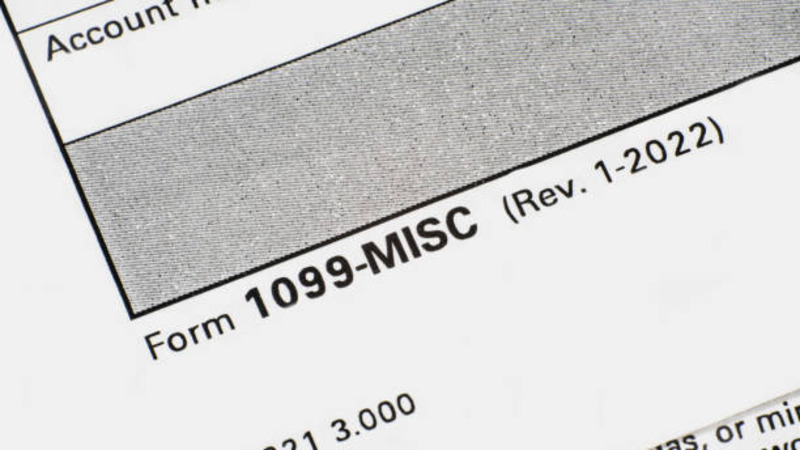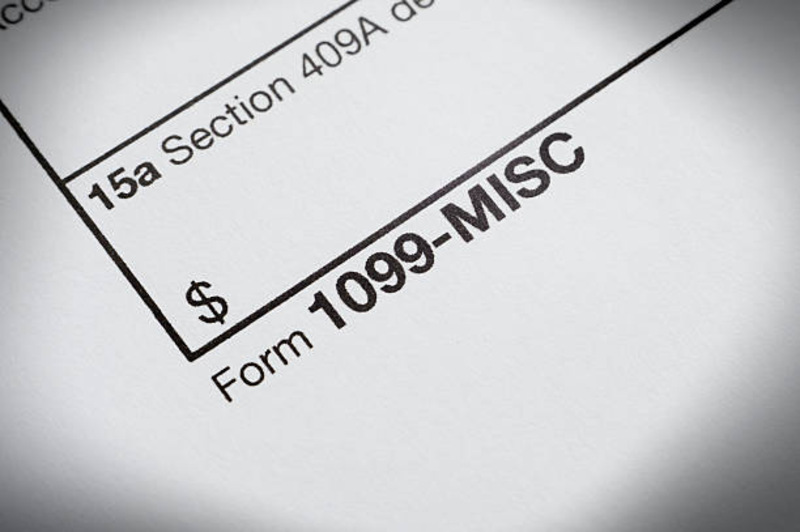Form 1099-R: Understanding Its Purpose and Filing Requirements
Jan 07, 2024 By Triston Martin
Navigating the intricate landscape of tax forms can be a daunting task, but a fundamental document that demands attention is Form 1099-R. Designed to capture the intricacies of distributions from retirement accounts, pensions, and annuities, this form stands as a crucial player in the annual tax filing dance. Whether you're a retiree receiving periodic payments, an individual making early withdrawals, or a beneficiary inheriting assets, Form 1099-R is the lens through which the Internal Revenue Service (IRS) scrutinizes these financial transactions.
In this exploration, we unravel the purpose and filing requirements of Form 1099-R, dissecting its key components and shedding light on who should be in the know. As we delve into the intricacies of this tax form, the goal is to equip you with the knowledge needed to navigate the terrain of retirement account distributions, ensuring compliance with tax regulations and a smoother journey through the tax season.
Purpose of Form 1099-R:

The primary purpose of Form 1099-R is to report distributions made from various retirement accounts and plans. These distributions can include:
Pensions and Annuities:
Payments from pensions and annuities, which are regular income streams provided by employers or insurance companies to retirees, are common types of distributions reported on Form 1099-R. This can include regular payments as well as lump-sum distributions received upon retirement. Pensions are typically funded by employers and are based on an employee's years of service and salary. Annuities, on the other hand, are often purchased by individuals and provide a guaranteed income stream for life or a specified period.
IRA Distributions:
Individuals who make withdrawals from Individual Retirement Accounts (IRAs), which are personal retirement savings accounts, are required to report these transactions on Form 1099-R. This includes both traditional IRAs, where contributions may be tax-deductible, and Roth IRAs, where contributions are made with after-tax dollars. IRAs offer individuals a way to save for retirement on a tax-advantaged basis, allowing for potential growth of investments over time.
401(k) and Other Retirement Plans:
Distributions from employer-sponsored retirement plans like 401(k)s and 403(b)s are also documented on this form. These plans allow employees to contribute a portion of their salary to a retirement account, often with the option for employer-matching contributions. The contributions made to these plans are typically tax-deferred, meaning they are not taxed until withdrawal. Upon retirement, individuals can receive distributions from these plans to support their retirement lifestyle.
Profit-Sharing Plans:
Get ready for Form 1099-R! It's the ultimate report that spills the beans on those sweet distributions you received from profit-sharing plans. Picture this: employers contribute a portion of their hard-earned profits to your retirement accounts. It's a win-win situation that fosters long-term loyalty and commitment. Now that's what we call sharing the success!
By reporting these distributions on Form 1099-R, the Internal Revenue Service (IRS) can track and ensure that individuals are correctly reporting and paying taxes on their retirement income. This form plays a crucial role in maintaining transparency and accountability in the taxation of retirement funds, helping to ensure a fair and accurate assessment of tax liabilities.
Key Components of Form 1099-R:
When examining Form 1099-R, it is crucial to have a comprehensive understanding of its key components, which provide detailed information about the distribution. These components include:
Recipient Information:
This section encompasses vital details about the individual who is receiving the distribution, such as their full name, complete address, and taxpayer identification number (TIN). These recipient details play a crucial role in accurately identifying and tracking the distribution, ensuring seamless tax reporting.
Payer Information:
The payer information section provides insights into the financial institution or entity responsible for making the distribution. It includes the name of the payer, their address, and their taxpayer identification number (TIN). Understanding the payer information is vital as it establishes the origin and legitimacy of the distribution, adding a layer of transparency and accountability to the process.
Distribution Details:
This section delves into in-depth specifics about the distribution itself. It includes comprehensive information regarding the total amount of the distribution, the taxable amount, and any federal or state income tax withheld. These distribution details empower recipients to fully comprehend the financial impact of the distribution and accurately report it on their tax return, ensuring compliance with tax regulations.
Distribution Codes:
Each distribution is assigned a unique code that signifies the type of distribution being reported. Familiarizing oneself with these distribution codes is essential for accurately reporting the transaction on your tax return. The codes cover a wide range of scenarios, including early withdrawals, rollovers, and pension distributions. Understanding these codes helps avoid potential errors and ensures full compliance with tax regulations.
By thoroughly comprehending these key components of Form 1099-R, individuals can navigate the reporting process effectively, ensuring accurate and precise tax filings while minimizing the risk of errors or omissions.
Who Should File Form 1099-R?
Individuals who receive distributions from the aforementioned sources during the tax year, such as retirement accounts or inherited assets, are typically required to file Form 1099-R with the IRS. This includes retirees who receive regular pension payments, as well as individuals who take early withdrawals from their retirement accounts. Moreover, beneficiaries who inherit retirement assets are also subject to this requirement.
It is worth noting that financial institutions, pension plans, and other entities that make these distributions have the responsibility of furnishing the Form 1099-R to the recipient and filing it with the IRS to ensure compliance with tax regulations.
Reporting and Tax Implications:
Recipients of Form 1099-R must report the information on their individual income tax returns. The taxable amount of the distribution is determined by various factors, including the type of retirement account, the age of the account holder, and the reason for the distribution.
It is important to note that some distributions may be subject to early withdrawal penalties if taken before a certain age, and additional taxes may apply. Seeking guidance from a tax professional can help ensure compliance with tax regulations and optimize tax outcomes.
Conclusion:
Form 1099-R is a critical document for both individuals and financial institutions involved in retirement plans and distributions. Understanding its purpose, key components, and filing requirements is essential for accurate tax reporting. If you receive a Form 1099-R, carefully review the information and consider consulting a tax professional to navigate the complexities of reporting retirement account distributions. Compliance with tax regulations ensures a smooth tax filing process and helps individuals avoid potential penalties.





